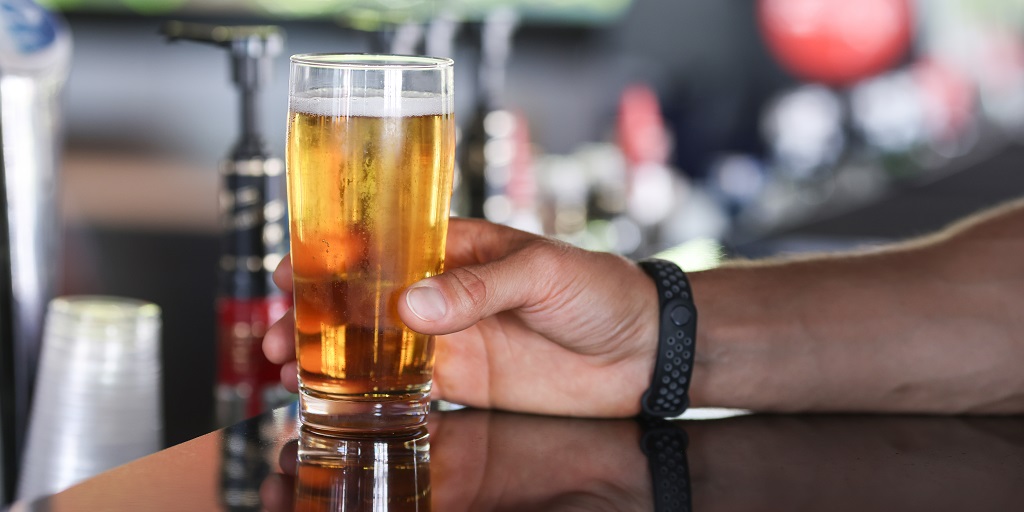
FARE claims alcohol companies profit from heavy drinkers

The Foundation for Alcohol Research and Education (FARE) has claimed that a new report suggests alcohol companies are reliant on heavy drinkers for sales.
The Distribution of Alcohol Use in Australia report, released today by FARE and undertaken by the Centre for Alcohol Policy Research (CAPR), analysed alcohol use among people who consume alcohol at the heaviest levels.
The report’s findings include that more than a third of alcohol consumed in Australia (36.1 per cent) is drunk by only five per cent of the population.
These drinkers average at almost eight (7.83) drinks per day per person, according to the report.
The heaviest drinking 10 per cent of the Australian population drank 54.1 per cent of all alcohol consumed, it found.
Regular strength beer and cask wine are the most commonly drunk by the heaviest drinking 10 per cent of the population, who are most likely to be men between the ages of 40 and 59, living in rural and regional areas.
Luke Hutchins, FARE policy and research director, said that this means that “alcohol companies are profiting most from people who drink at the heaviest levels”.
“This report clearly shows that alcohol companies rely on exploiting risky drinking with a large proportion of their sales relying on people who drink the most,” he argued.
“It has never been easier for alcohol companies to target people who drink heavily and who might be experiencing alcohol dependence.
“By design, alcohol companies are using digital marketing to easily identify, and target people based on purchasing history to push their products around the clock.”
While FARE appears to use the report to suggest that beverage companies are targeting these drinkers, the report does not look at digital marketing or look at the role of alcohol companies and their impact on levels of consumption.
The report also highlighted recent studies that suggest that this heavy drinking section of the population purchased cheap alcohol. However, retailers such as Endeavour Group have reported in recent years that sales have increased due to a “significant swing to premium” alcoholic beverages.
Digital marketing from alcohol companies has been a major area of focus for FARE, despite the ongoing efforts of ABAC, the complaints process of which has been utilised by other anti-alcohol lobbyists, the Cancer Council.
Andrew Wilsmore, CEO of Alcohol Beverages Australia, suggested that the report touted by FARE shows the vast majority of people drinking sensibly. It did highlight areas of the population where more work needed to be done to raise awareness.
“All the research shows is that most Australians who choose to drink are doing so in moderation, however, there is a small cohort, mostly older males, who drink at risky levels. That’s why we need to continue to invest in targeted remedial services,” he explained.
High-risk drinking within the male population has been on the agenda for several years at organisations such as DrinkWise, which has launched campaigns with Bowls Australia and the NRL to combat risky drinking in older and male demographics.
Recently, the ‘Hospo Drinking Culture’ campaign was launched by Monash University, Turning Point and Chisholm Institute, and is one of several projects funded by VicHealth’s Men’s Risky Drinking Initiative to raise awareness of men’s high-risk drinking.



